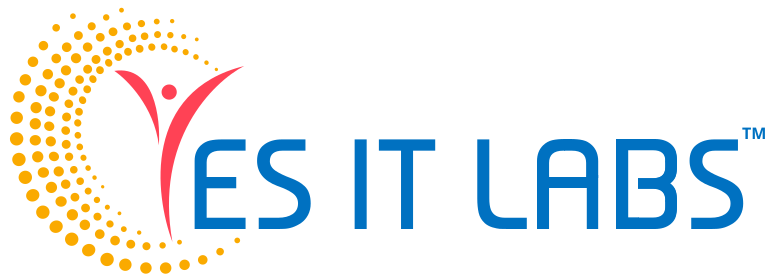Introduction
In today’s digital age, businesses are constantly seeking innovative ways to enhance their online presence and improve customer interactions. One such innovation that has gained significant traction is the use of AI chatbots on websites. These intelligent virtual assistants are revolutionizing the way companies communicate with their website visitors and customers. In this blog post, we’ll explore the world of AI chatbots and why you should consider implementing one for your website.
What is an AI Chatbot?
An AI chatbot, short for “artificial intelligence chatbot,” is a software program designed to simulate human-like conversation with users. These chatbots use natural language processing (NLP) and machine learning algorithms to understand and respond to user queries or commands in a conversational manner. They can be integrated into websites, messaging apps, and other digital platforms to provide real-time assistance, answer questions, and engage with users.

Why Should You Use an AI Chatbot for Your Website?
- Improved Customer Support
AI chatbots are available 24/7, providing immediate responses to customer inquiries. Whether it’s addressing frequently asked questions or helping users navigate your website, chatbots ensure that customers receive timely assistance, leading to higher satisfaction levels.
- Cost-Efficiency
Hiring and training human customer support representatives can be costly. AI chatbots, on the other hand, offer a cost-effective solution for providing support and assistance to a large number of users simultaneously without the need for additional staff.
- Personalized User Experiences
Advanced AI chatbots can analyze user data and behavior to deliver personalized recommendations and content. By tailoring the user experience, you can increase engagement, conversions, and customer loyalty.
- Scalability
As your website traffic grows, so does the demand for customer support. AI chatbots can easily handle increased workloads without compromising on response times or quality of service, making them highly scalable.
- Data Collection and Analysis
AI chatbots can collect valuable user data during interactions. This data can be analyzed to gain insights into customer preferences, pain points, and frequently asked questions, enabling you to make informed business decisions and improve your website’s content and functionality.
- Lead Generation and Conversion
Chatbots can act as proactive sales agents by initiating conversations with visitors, capturing leads, and guiding potential customers through the sales funnel. This can significantly increase conversion rates and revenue.
- Multilingual Support
With AI chatbots, language barriers are no longer an issue. They can provide support in multiple languages, expanding your reach to a global audience.
How to Implement an AI Chatbot on Your Website
- Define Your Goals: Determine the specific tasks and objectives you want your chatbot to accomplish, such as customer support, lead generation, or product recommendations.
- Choose a Chatbot Platform: Select a chatbot platform or framework that aligns with your requirements and integrates seamlessly with your website.
- Design Conversational Flows: Plan the conversation flow and responses based on common user queries and scenarios. Ensure that the chatbot’s interactions are natural and user-friendly.
- Train Your Chatbot: Use machine learning techniques to train your chatbot on your website’s content and customer interactions. Continuously improve its accuracy and understanding over time.
- Test and Iterate: Thoroughly test your chatbot before deploying it on your website. Gather user feedback and make iterative improvements to enhance its performance.
- Monitor and Analyze: Once deployed, monitor the chatbot’s performance, track key metrics, and analyze user interactions to identify areas for improvement.
Conclusion
AI chatbots are transforming the way businesses engage with their website visitors and customers. By providing immediate support, personalizing user experiences, and driving efficiency, they can significantly enhance your online presence and customer satisfaction. As the digital landscape continues to evolve, integrating an AI chatbot into your website is a forward-thinking investment that can give your business a competitive edge. Embrace this technology and watch your website’s user experience and customer engagement reach new heights.







